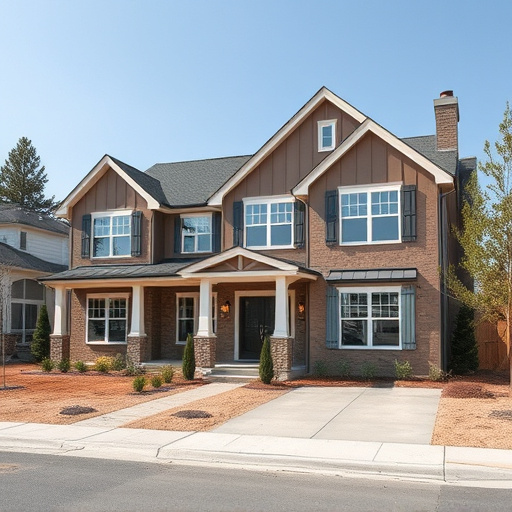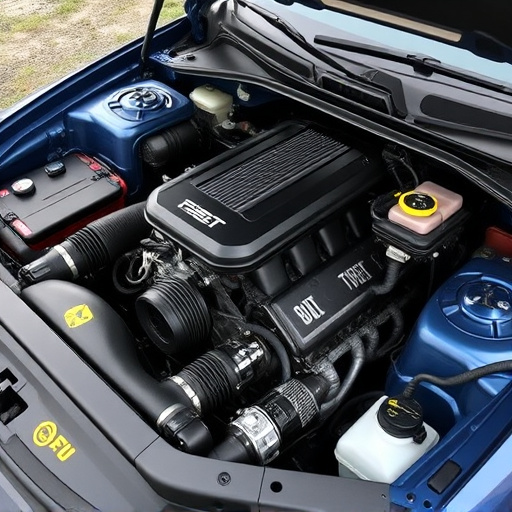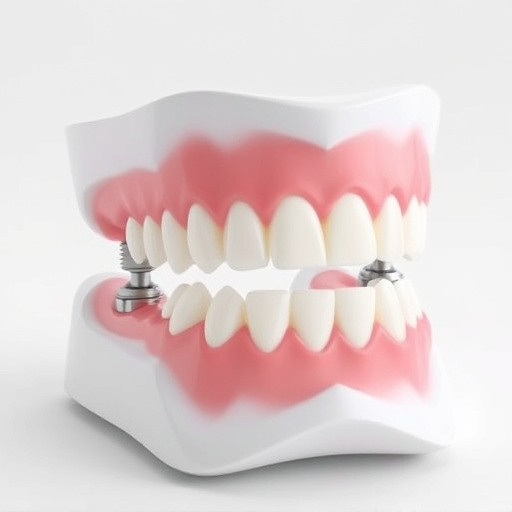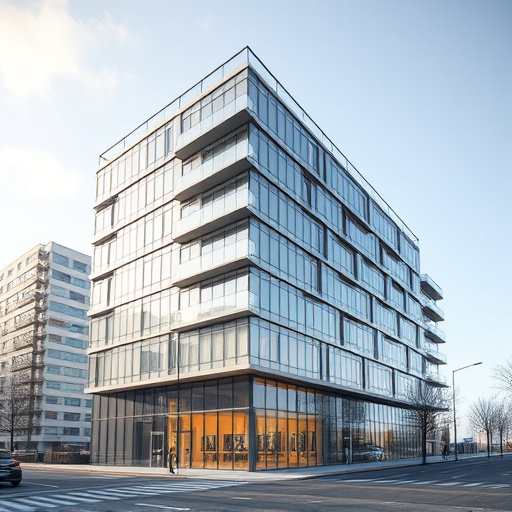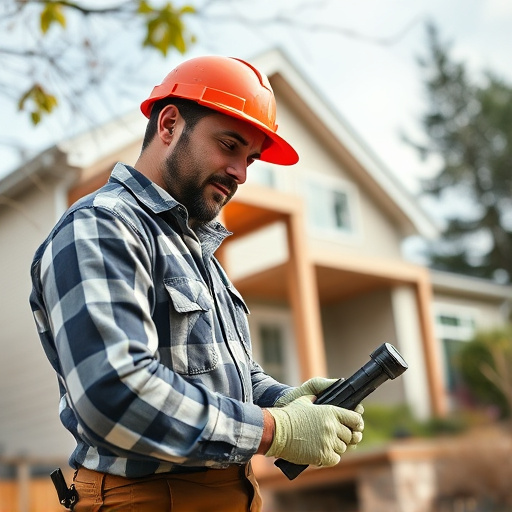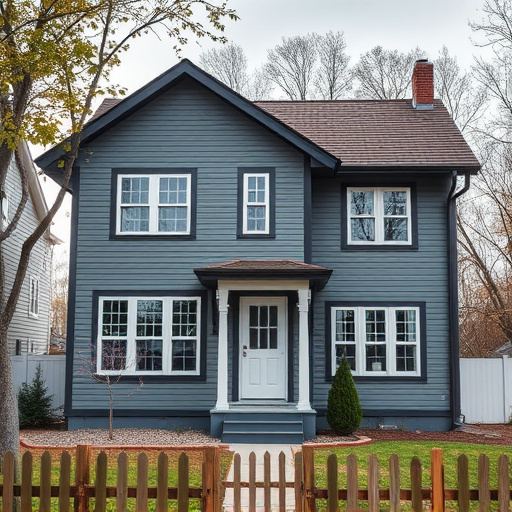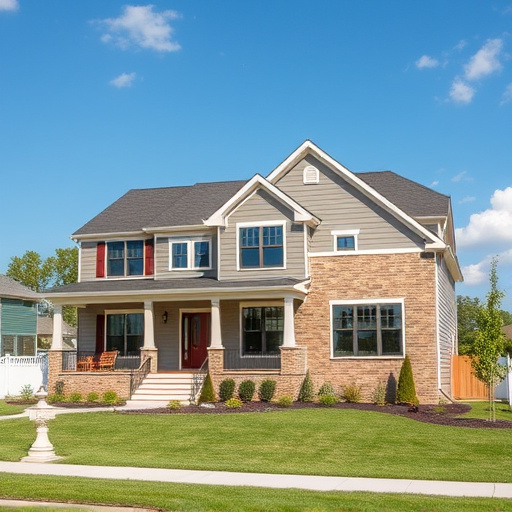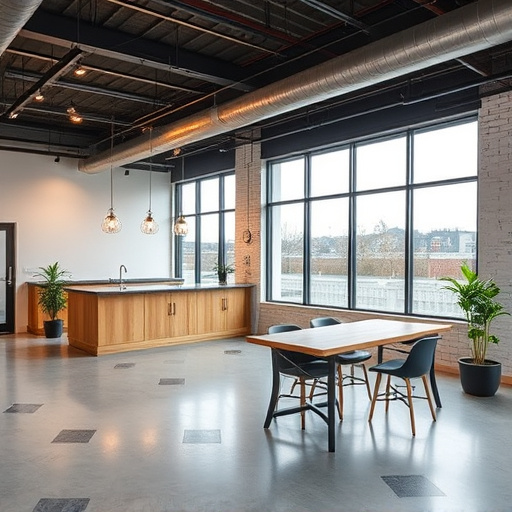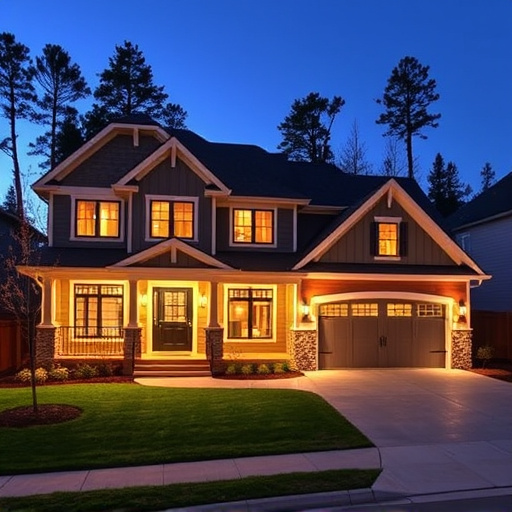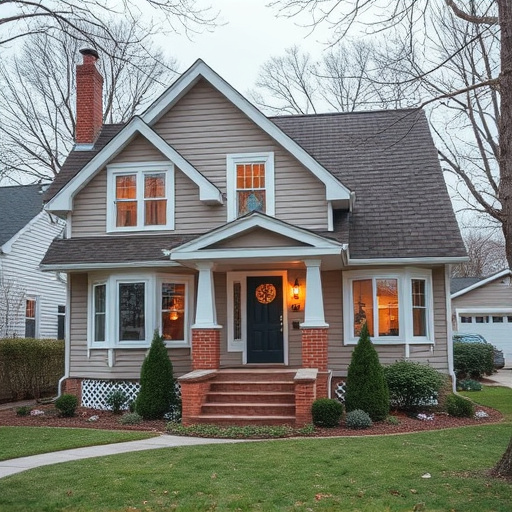In residential construction design, balancing aesthetics and functionality is crucial. Modern homes integrate beautiful form with efficient living spaces, smart technology, natural light, and sustainable materials. Strategic design creates timeless residences catering to residents' needs through renovations or initial builds. Today, construction design evolves with innovative materials, smart homes, energy efficiency, and wellness features, enhancing living standards while promoting environmental sustainability.
Unleashing creativity in construction design for residential developments is a game-changer. This article explores how modern architects and builders are integrating functionality and aesthetics, pushing boundaries with innovative materials and technologies. We delve into successful case studies that blend architecture with lifestyle. Furthermore, sustainability emerges as a cornerstone, with green building principles and eco-friendly practices reducing environmental impact while enhancing comfort. Finally, the role of technology is explored, from advanced design tools to smart home systems and cutting-edge construction processes like virtual reality and 3D printing.
- Integrating Functionality and Aesthetics in Residential Design
- – Exploring the balance between form and function
- – Incorporating innovative materials and technologies for modern living
Integrating Functionality and Aesthetics in Residential Design
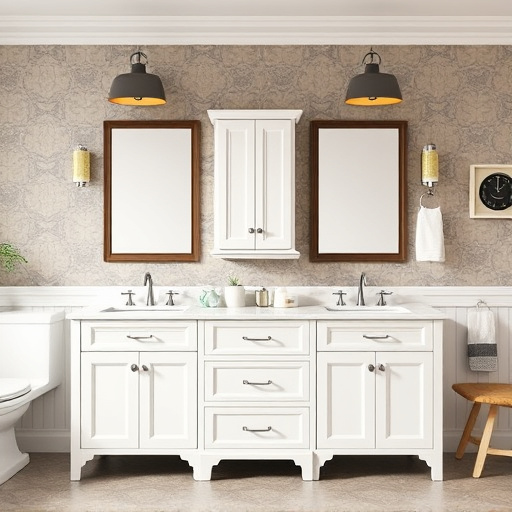
In residential construction design, achieving a harmonious balance between functionality and aesthetics is paramount. While it’s easy to get caught up in the latest design trends, prioritizing the practical needs of residents ensures that spaces are not only visually appealing but also comfortable and efficient. A well-designed home should seamlessly integrate beautiful interior painting schemes with thoughtful layout planning, ensuring each room serves its intended purpose without feeling cramped or cluttered. Incorporating features like ample natural lighting, clever storage solutions, and functional kitchen renovations enhances both the look and feel of a space, creating an inviting atmosphere that caters to residents’ daily routines.
Moreover, the interplay between aesthetics and functionality can elevate a residential development from merely living spaces to true homes. Home improvement services that focus on enhancing these elements, such as updating flooring or installing custom cabinetry, contribute significantly to the overall value and appeal of a property. By combining form and function, construction design can transform generic housing into personal sanctuaries where residents can thrive, relax, and enjoy their surroundings, making each home a unique reflection of its inhabitants’ lifestyles and personalities.
– Exploring the balance between form and function
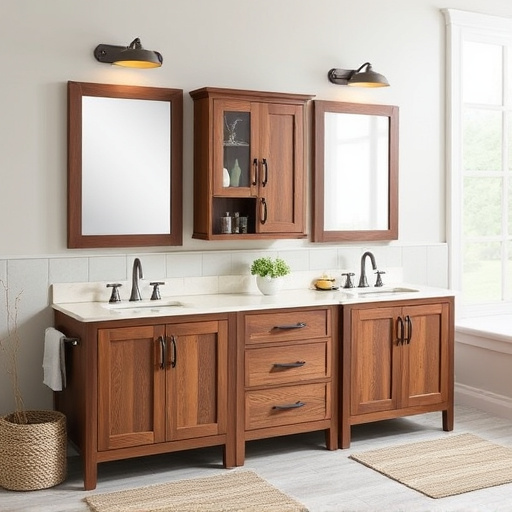
In the realm of construction design for residential developments, achieving a harmonious balance between form and function is paramount. A well-designed home should not only be aesthetically pleasing but also serve its occupants’ needs efficiently. This intricate dance involves carefully considering every aspect of space planning, from the layout of rooms to the flow between outdoor areas. For instance, a spacious kitchen and bath design can enhance daily routines and gathering spaces, while incorporating innovative storage solutions and smart technology ensures functionality keeps pace with modern lifestyles.
Effective construction design recognizes that a home is more than just a structure; it’s a living environment. As such, seamless transitions between public and private areas, natural lighting, and strategic use of materials contribute to the overall ambiance and well-being. By integrating these principles, builders and designers can create residences that not only stand the test of time but also offer a fulfilling and comfortable space for residents to call home, whether it’s through a thoughtful kitchen remodel or thoughtful home renovation.
– Incorporating innovative materials and technologies for modern living
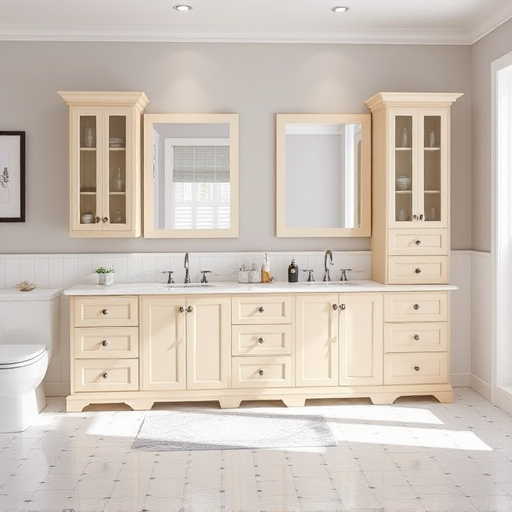
In today’s digital era, construction design for residential developments is undergoing a remarkable transformation with the incorporation of innovative materials and technologies. These advancements not only enhance modern living but also cater to the evolving needs and preferences of homeowners. From smart homes equipped with voice-controlled lighting and temperature regulation to energy-efficient insulation and sustainable building practices, contemporary construction design is redefining comfort and convenience.
By integrating cutting-edge materials like recycled plastics and advanced composites, builders are creating durable and aesthetically pleasing spaces that stand the test of time. Additionally, residential renovations and home improvement services are becoming more tech-savvy, offering options for automated security systems, integrated entertainment centers, and even wellness features such as smart bathrooms with touchless fixtures and advanced air purification systems. These innovations not only elevate the quality of living but also contribute to a greener environment through reduced waste and improved resource efficiency.
In today’s market, successful residential developments go beyond basic functionality; they demand creative construction design that seamlessly integrates aesthetics and modern living. By balancing form and function, utilizing innovative materials and technologies, and prioritizing user experience, designers can craft spaces that are both visually appealing and practical. This approach not only enhances the overall value of properties but also contributes to the development of vibrant and sustainable communities. Embracing these principles is key to staying competitive in the residential construction landscape.
